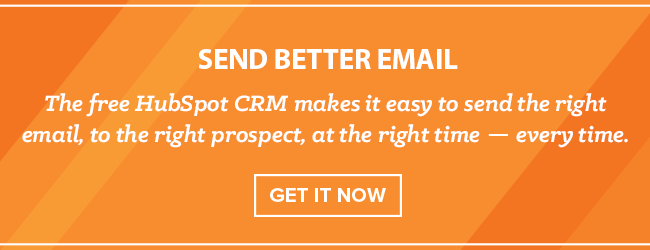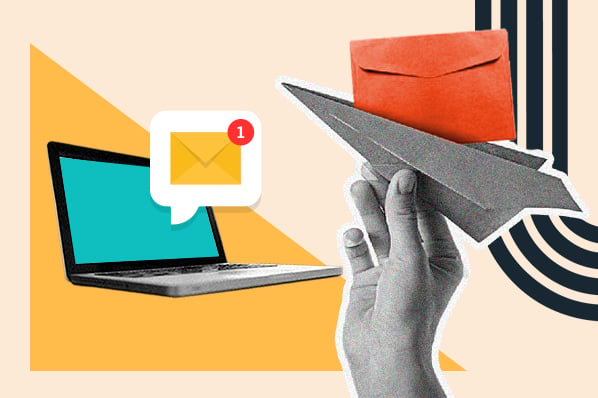There are many advocates of using a mutual LinkedIn connection as the basis of reaching out to a prospect, but I think the process in practice is flawed. There are far more direct ways to get into a conversation with a prospect with far better results.

To recap what the LinkedIn connection outreach process typically looks like:
- Build a list of prospects you want to talk to.
- Mine their profiles for mutual connections.
- Email the mutual connection and ask them if you could use their name in a message to your prospect, or even ask them to make the recommendation themselves.
- Send an email to the prospect saying you have a shared contact that trusts you, and therefore the two of you should talk.
I have tested this extensively. I’ve had some successes and quite a few failures too.
After reflecting a bit, there are three main reasons I’d suggest LinkedIn cold messaging is no longer an effective strategy.
1) Everyone's sending LinkedIn messages.
LinkedIn is becoming a hotbed of automated messages from fake profiles and endless invites to join peoples’ groups. This isn’t helped by the amount of courses advocating that the best way to build your expertise is to create a group and get your prospects to join.
This is creating is an environment where messages are lost amongst a sea of spam, group invites, and connection requests. No matter how great your cold email via LinkedIn is, it’s almost certainly destined to fail before you press send.
2) Communication preferences are changing.
I have no way of being certain but I’d hazard a guess that you are like me. I have turned off all message alerts from Linkedin and the only time I see messages is when I choose to log in -- which may not be often for many people. And even if you aren’t like me, I’m willing to guess you use your personal (not work) email address on LinkedIn.
Our research shows that around 80% of LinkedIn contacts use their personal email address. Don't believe me? Download your contacts and check for yourself. It makes sense when you think about the number of people who use LinkedIn primarily as a job search tool. People also want to safeguard their access in the event of a sudden job change.
Therefore, you are contacting people with a business message that is going to their personal account. That is if (and it's a big if) they even get email notifications of LinkedIn messages in the first place.
3) Larger networks = fewer real connections.
There is a chicken and egg situation happening with LinkedIn prospecting.
To gain access to more people you need more connections. However, the more connections you have and the more connections your connections have, the less personal those connections are.
I’m no angel here and I fell for the hype and once actively sought out connections. I have around 5,000. Out of those, I’d probably be able to introduce you to 100 people who I'm truly close with.
So if you send me a message asking me to introduce you to someone in my network, there is a roughly 2% chance I’ll be able to do this for you. And I'd only do it if you were one of those same 2% that I’d feel comfortable making an introduction for.
These are three compelling reasons I’d advise against using LinkedIn to foster cold email introductions. What would I suggest instead?
- Find your target's business email address using the tools listed here.
- Write a value-based email introduction. Make sure it covers in no more than four two-line paragraphs why they should reply to you. Send it to the prospect's business email address.
- Revise your email to remove any self-serving language.
- Imagine I’m going to pay you $1000 for every word you remove from the email. Take out as many as you can. I owe you at least $10k right?
- Send the email.
If you try this process, let me know how it goes. And if you’d like more resources on cold emailing, then check out my latest ebook: How To Triple Your Pipeline In 90 Days Or Less.
Want more? Read our templates for email follow-up next.










